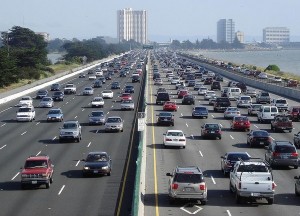Fireworks are definitely dangerous, but they are not the only dangers to avoid this Fourth of July weekend. The roadways are especially hazardous during the summer holidays. When you are traveling to or from an Independence Day party this year, please remember to be on the look out for reckless drivers.
Here are a few dangers to try and avoid this Fourth of July:
- Drunk drivers. Think about it, almost every Florida Independence Day celebration will have alcohol. Partygoers who are drinking at parties and such should not get behind the wheel of a car. If you see a car weaving or dodging in and out of traffic, keep your distance. If you have a passenger with you, consider notifying authorities.
 Drowsy Drivers. Many holiday drivers are travelling lengthy distances to get to their final destination. Those who have been driving for hours may be feeling fatigued. Drowsy driving is often as dangerous as drunk drivers, so stay alert.
Drowsy Drivers. Many holiday drivers are travelling lengthy distances to get to their final destination. Those who have been driving for hours may be feeling fatigued. Drowsy driving is often as dangerous as drunk drivers, so stay alert.- Distracted Drivers. Keep in mind that many travelers on Florida roadways are from out of town and have never been to the area before. Taking your eyes off the road for just a few seconds to look at a navigation device can have devastating results. Avoid being a distracted driver by staying off your cell phone and having other passengers check your GPS or phone for you.
- Speeding Drivers. People that are anxious to get where they are going may decide to speed or drive recklessly. Make sure you obey the posted speed limits and monitor your speed if there is heavy traffic.
 Florida Personal Injury Lawyers Blog
Florida Personal Injury Lawyers Blog










